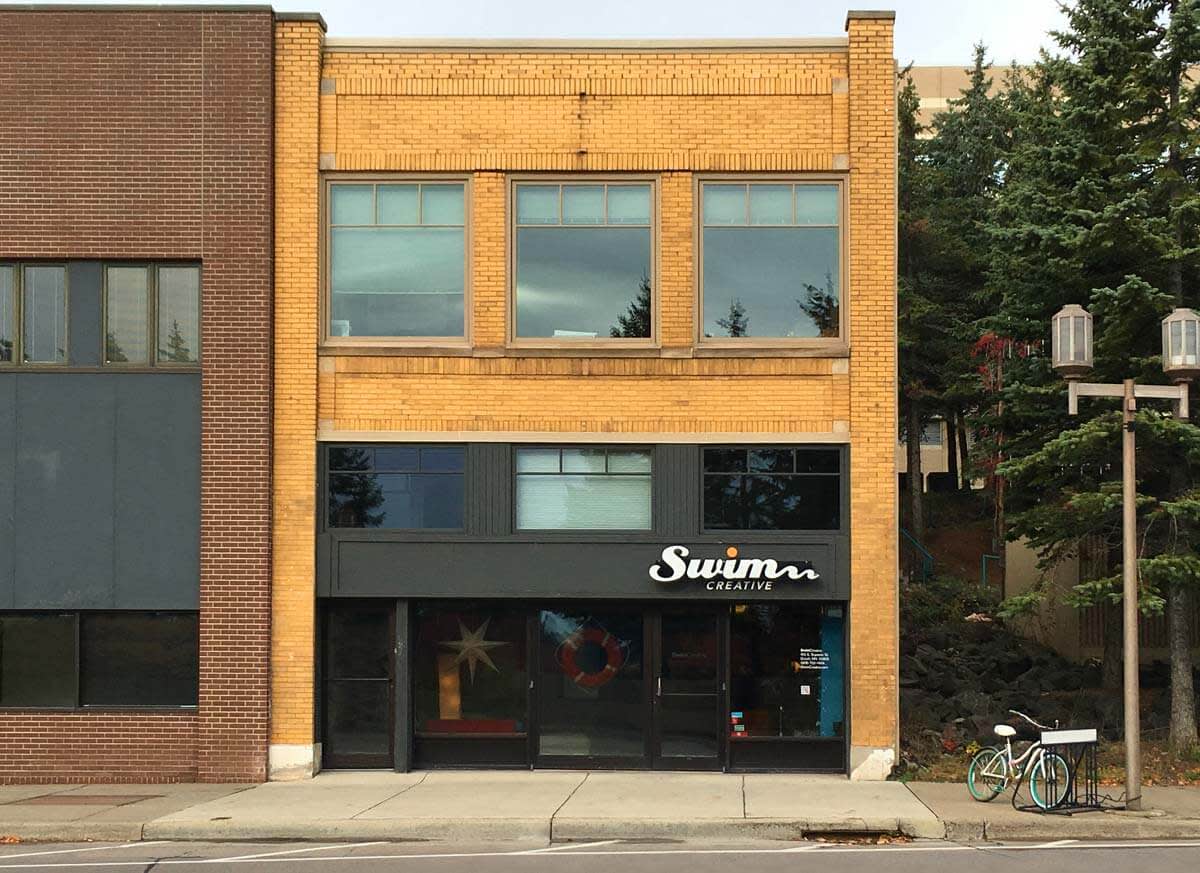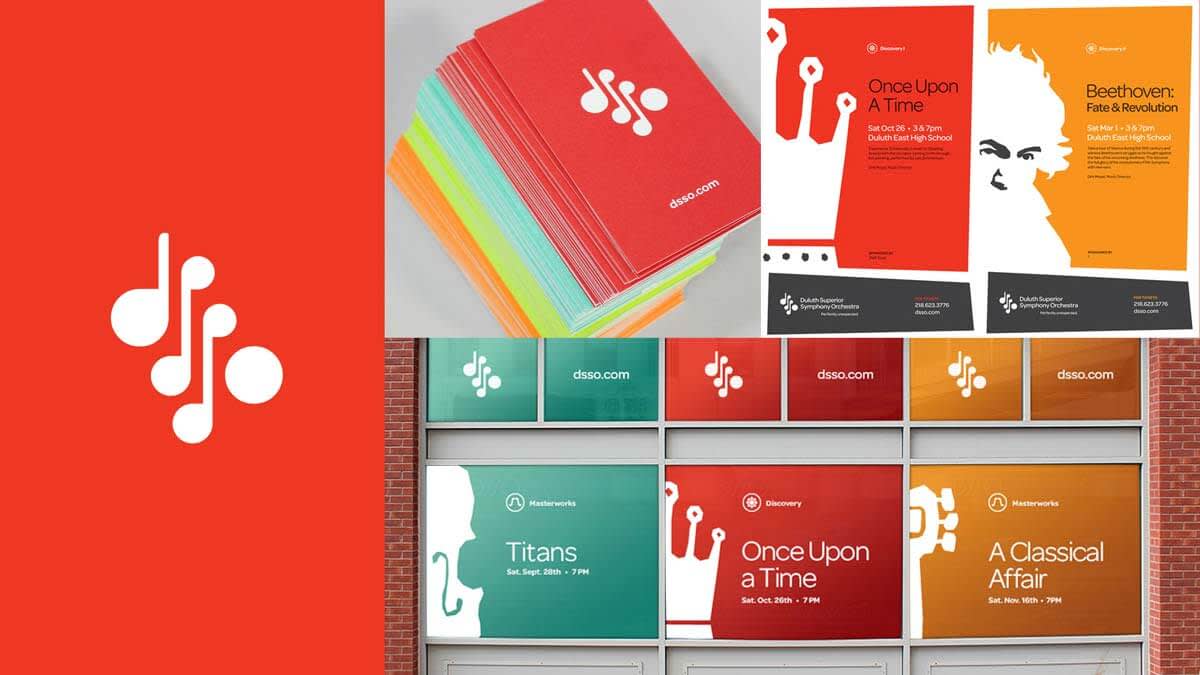Mad Men may be over, but the Don Drapers of the world are still out there, sitting down at their desks every day and generating genius ideas. For many of us, the creative process is more about inspiration than perspiration, and the thought of having to turn out revelations like clockwork can be daunting. How do they do it? To find out the best ways to be creative with consistency, we figured we’d better turn to the ad men and women.
Swim Creative — a small, friendly advertising and branding agency located in Duluth, MN — is about as far as it gets from the frenzy of Manhattan, but they’re no less serious about artfully launching The Next Big Thing. We talked to Patrice Bradley, creative director, and David Sadowski, brand strategist, about how they keep it fresh while reinventing and rebranding. Here are seven tricks of the trade that will lead you to your next big creative breakthrough.

Start from zero
“In order to make a client look as different as possible from competition, we try to go into every client relationship with a mind as open as possible,” David says. This means throwing out all preconceived notions about what a certain business entails — and it’s the same in any other creative endeavor. Quit focusing on how others have done it before you, and let your mind become a blank slate.
Now you’re talking!
“We do a lot of talking,” says Patrice. Conversation — with clients, with coworkers, with friends or family — is an important step in the creative process. It can be a great way to work out solutions to a creative problem and allow new ideas to germinate. “It’s amazing what comes out. Someone will say something that sparks an idea and the rest just flows from that!”

Conversations with consumers — “everyone from a fifty-five year old customer who’s been brewing for years to someone who just started brewing from a kit” — led to a number of new taglines for this homebrew supply company.
Field work
Just like any other serious undertaking, it’s easier to be creative if you start with some research. “We try to go to the environment where stuff is happening, watch people using the product,” David says.
Once you’re familiar with something, it becomes easier to approach it from new angles. But don’t limit yourself to observing within a narrow field: for the best creative thought, try to engage critically and enthusiastically with everything around you.
Do the opposite
On a recent project for the Duluth-Superior Symphony Orchestra, Swim decided to switch things up. Instead of the usual classical music aesthetic (“you know, a conductor on a stage, yawn”) they went with a bold, bright graphic approach meant to appeal to younger audiences, and symphony ticket sales soared.
As David says, “Sometimes what you need to do is look at what you’re doing and what the competition’s doing, and ask yourself: what’s the opposite of this?”

When the Duluth-Superior Symphony Orchestra approached Swim about a campaign to capture a younger audience, they went for the opposite of an stuffy institutional vibe.
Get off the computer
“The computer is a tool,” says David, “but if you’re not careful, it can be used as a crutch.” Or an endless abyss of distractions. It can help to return to old-school methods like a pen and paper when you’re still brainstorming for a layout or concept, so you don’t get bogged down in finicky detail work before the big picture is in place.
Yes, and
Sometimes all you need to be creative is momentum. At Swim, group brainstorming is kept rolling with the old comedy improv adage “yes, and,” a creative process that dictates you must keep the chain of thought going and never smother an idea, no matter how weird it seems.
“We have a strict rule that there are no bad ideas!” Patrice says. “Just say it! Any idea can be built upon.” Don’t let the fear of failing or looking stupid hold you back.

Don’t forget to look to the past for good ideas. David cites 1960s movie posters as an inspiration for these table cards advertising a line of craft cocktails.
Take a break
Sometimes, to be creative, it’s necessary to know when to ease up on effort and let the ideas come to you. Creative inspiration can surface anywhere: traveling, as you’re enjoying an ordinary day.
“I’ve got two young kids, and they bring the creativity! The world is so wide open for them,” David says. “Spending time at home, even doing gardening or yard work, can give you a mental break.”
